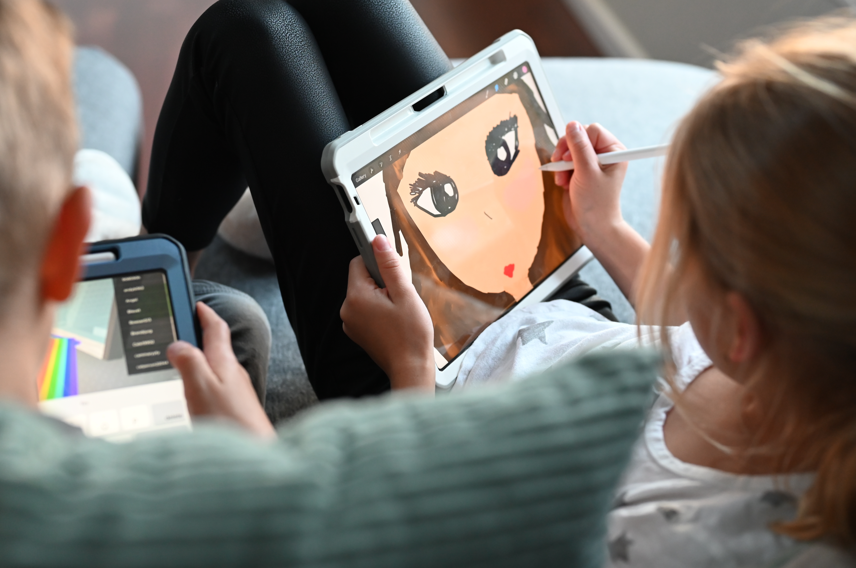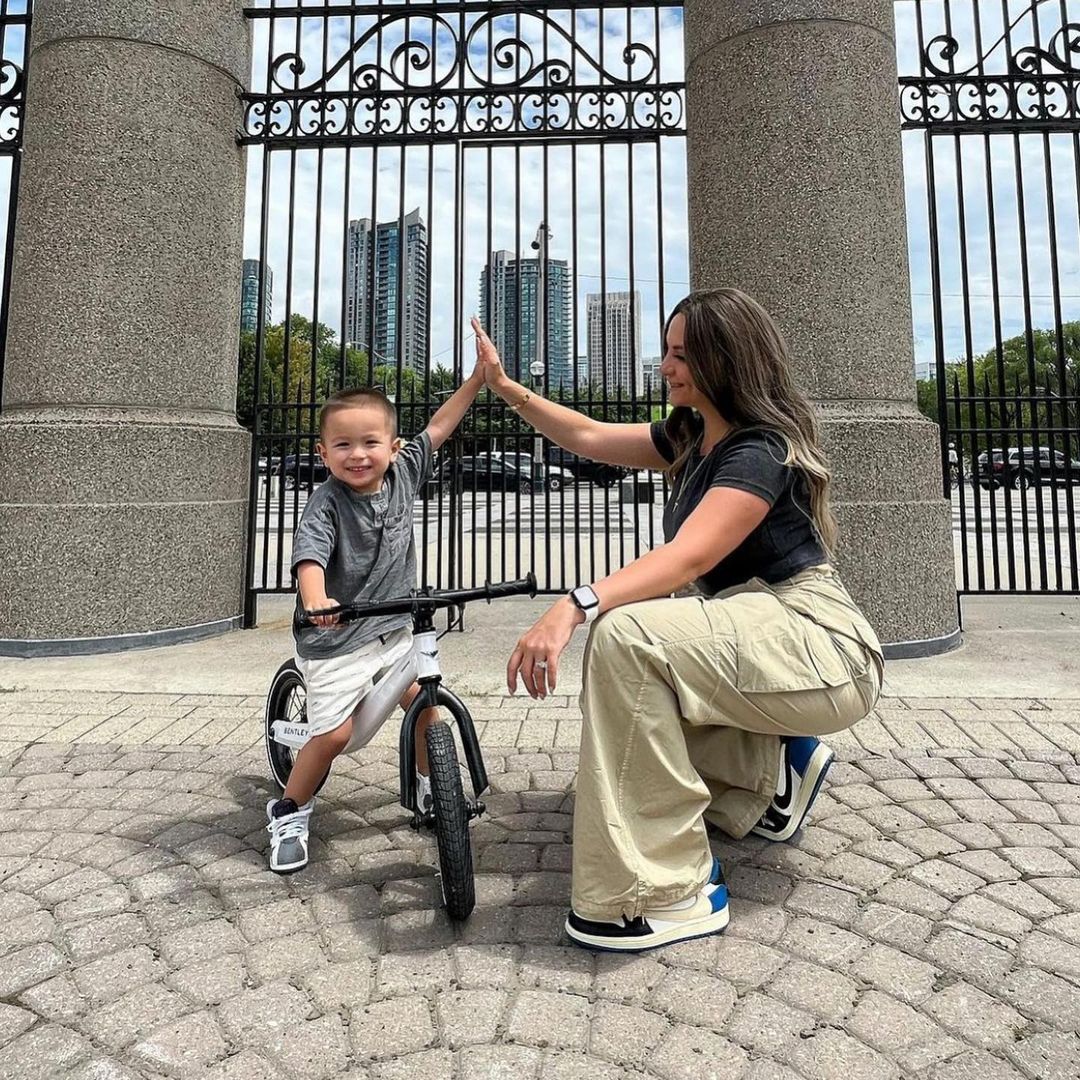In today's technology-driven world, screens have become integral to our daily lives. From smartphones to tablets, computers to televisions, screens are everywhere. They offer many benefits, such as easy access to information and entertainment, but they can also negatively affect children. This blog will explore the importance of reducing screen time for kids and provide practical tips and strategies. Whether you're a parent, caregiver, or educator, this blog is for you.
Puzzles and Games
Puzzles are a great way to give your child a mental workout and help them develop their fine motor skills. Jigsaw puzzles are a classic option, but many other types of puzzles are also available. Board games like monopoly or scrabble can also be fun for families to spend time together while learning new words and strategies for winning the game! Card games are another option that allows kids (and adults) to practice their counting skills while having fun playing against each other in teams or individually.

Cooking and Baking
Cooking is an excellent way for kids to get involved in the kitchen, especially if they're beginning to learn how to cook. You can bake a cake together or make something more simple like smoothies! As early as two years old, you can teach your kids basic and simple cooking assistance from them. Allowing children to engage in simple cooking makes them feel included and essential in the household.

Reading and Writing
Read a book; this is an excellent activity for kids interested in reading. It can be alone or with friends, and discussing what you've read with others is fun! Next, write a story or poem. Writing down your thoughts and feelings is an important skill that helps children learn how to express themselves effectively through writing. Finally, do crossword puzzles together as a family activity--it's fun for everyone!

Science Experiments
Safe home Science experiments are a great way to get kids interested in science, and they can be done with household items.
Make a volcano: You'll need baking soda, vinegar, water, and food coloring. After mixing all the ingredients in a bowl, pour them into an empty soda bottle (or another container). Then watch as your volcano erupts!
Create a geode: Geodes are rocks that look filled with crystals but have just hollow centers. To make one at home, use a hammer or mallet to break apart pieces of rock salt until you find one that looks like it has crystals inside; then fill the center with water and let it sit overnight, so the salt dissolves entirely before sealing up your geode with glue or waxed paper tape when dry.
Build robots: Kids will love creating their robot using cardboard boxes or other materials found around the house--think about how cool it would be if your kid built R2D2?!

Gardening
Plant flowers or herbs, and watch them grow. You can plant seeds or buy seedlings at the store. If you want to grow vegetables, ask your parents if they would be willing to help you with this project! Next, make a terrarium (a small garden in a glass jar). You'll need soil, pebbles or rocks for drainage, plants that like moist environments (like moss), and some decorative items like twigs or shells.

Get Moving!
Introducing balance Bikes. A balance bike is an awesome way to get kids moving. These bikes have no pedals, so they're easier for kids to learn than traditional bikes. They also encourage active play by encouraging kids to run and jump while they ride!
Hiking is a great way to get moving and improve your physical health. In addition, hiking can help you strengthen your immune system, increase mental clarity and reduce stress. It is also a great way to spend time with friends or family while enjoying nature at its finest! You'll be able to feel the fresh air while exploring new places around town that you may not have known existed before!
Kiddie exercise is a fun and engaging way to get kids moving. It helps to build strength and coordination, which is vital for children as they grow. Make up your games: You can use items around the house, like scarves or hula hoops, to make up new games to keep your child active while having fun. Play tag: Tag is an easy game for kids of all ages because everyone knows how to play it! Just ensure you're not playing tag in an area where someone could get hurt if tagged out by another player (like on stairs).

Short Walks
The benefits of short walks for kids are numerous, and they're not just limited to physical health. Short walks can also help you reduce stress and increase energy levels, which is essential for your overall well-being. It increases good blood circulation; When you walk outside, the fresh air will help clear out the toxins in your body that have built up over time. In addition, it reduces stress; taking a break from work or school is essential because it allows you to relax from whatever tasks were stressing you out beforehand. Going on a 20-minute walk to the nearest park with your preschooler, toddler, or baby can give them a positive outlook. For very active toddlers, it's best to have a multifunctional stroller in hand; it can be a 6-in-1 stroller trike that matches your lifestyle.

Reducing screen time is a crucial step in promoting healthy habits for children. Parents and caregivers can help kids develop new skills, explore their interests, and stay active by engaging them in different activities. Many fun and enriching tasks can replace excessive screen time, from outdoor play to creative projects and family game nights. By consciously limiting screen time and encouraging other forms of entertainment, we can help children lead healthier and more fulfilling lives.































Leave a comment
This site is protected by hCaptcha and the hCaptcha Privacy Policy and Terms of Service apply.